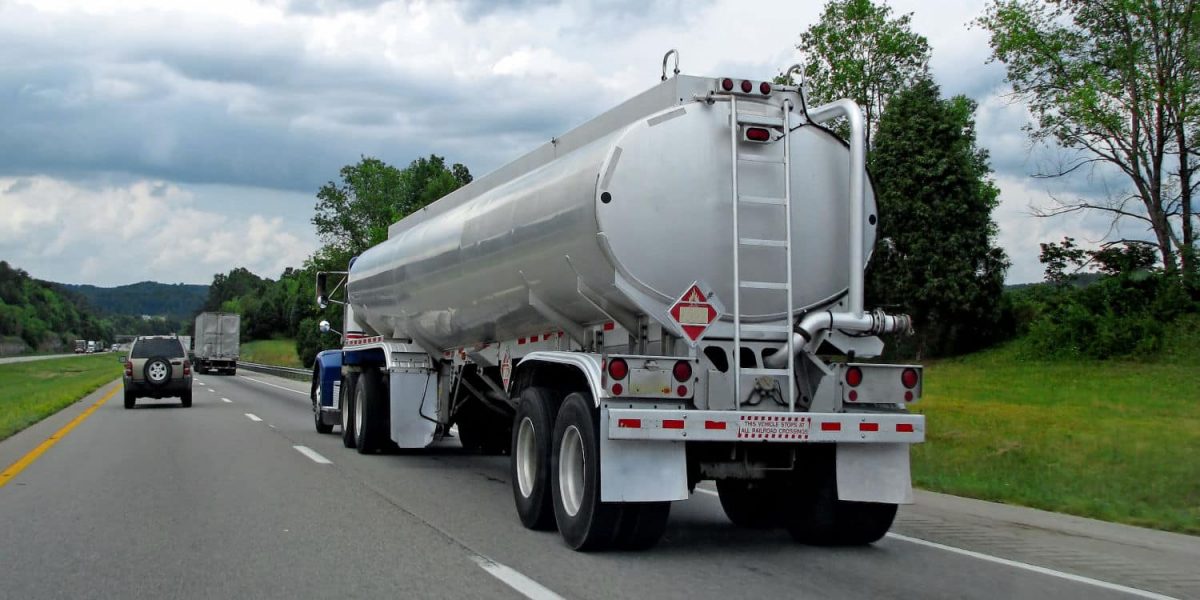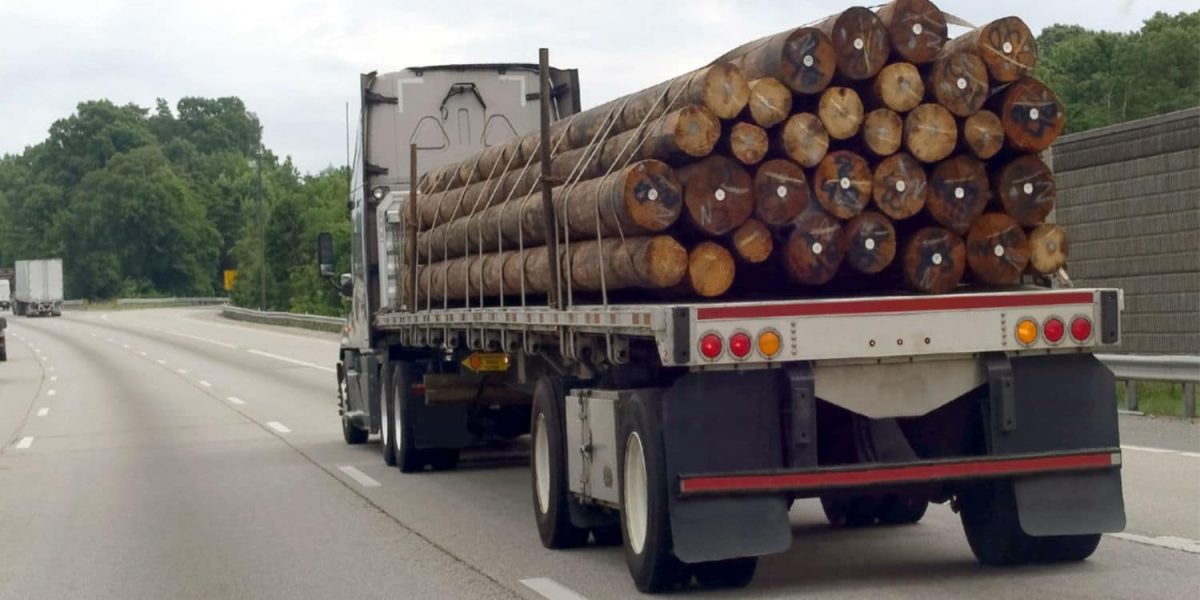If you are interested in new trucking job opportunities or a way to increase your income, consider adding one or more trucking endorsements to your commercial driver’s license (CDL).
These certifications are beneficial and go a long way in the industry. Learning more about the available endorsements and their value will help you better expand your eligibility as a trucker.
What are Trucking Endorsements?
While a CDL allows you to drive commercial vehicles, a CDL endorsement expands your capabilities. An endorsement is a certification that you have learned safety and operational skills beyond the standard CDL requirements. These certifications give you permission to operate a specific type of commercial vehicle or transport a certain type of freight.
Types of Trucking Endorsements
There are several types of trucking endorsements that drivers can receive, three of the most beneficial being tanks, doubles/triples, and hazardous materials.
Tanks
A tanks or tanker endorsement allows a driver to operate a vehicle with a tank to transport liquid or gaseous materials. This includes fuel, water, and industrial chemicals.
Doubles/Triples
While a standard semi-truck will only carry one trailer, a driver with a doubles or triples endorsement can operate a truck with two or three attached trailers, known as long combination vehicles (LCVs). This permits them to transport more cargo at once.
Hazardous Materials
A hazardous material, or hazmat, endorsement lets truckers transport substances labeled by the Department of Transportation as potentially harmful to human health. Drivers with this endorsement can earn more money per mile than other truck drivers.
Why Earn Endorsements?
Obtaining endorsements requires an investment of time and money beyond what is required of being a truck driver. While they are not necessary to be successful in the industry, having one or more endorsements is beneficial in many ways.
Broaden Your Job Opportunities
Earning CDL endorsements will set you apart from other drivers. Every endorsement you obtain gives you a chance to join a whole subset of truck driving jobs. Specializing in a certain type of vehicle or cargo makes your services even more desirable to transportation companies. This allows you to apply for a variety of opportunities, enhancing your career track in today’s competitive landscape.
Earn More Money
Drivers with endorsements, especially the tanker endorsement, are currently in high demand. Most companies are willing to pay more for drivers with certifications beyond a CDL because they are more difficult to achieve. Companies also give these drivers favorable hours and routes. The hazmat endorsement in particular pays much better than regular loads due to the perceived risk involved in hauling hazardous materials. Earning these endorsements makes you a valuable asset to any trucking company.
Keep Your Knowledge Fresh
Endorsements are an avenue for a driver to continue their education and further prove their value on the road. Studying and testing for these certifications will keep your knowledge of the industry fresh and up to date. It can also help you avoid the boredom that comes with hauling the same cargo in the same vehicle for every job.
High-Quality CDL Training is Waiting For You
No matter what type of trucking endorsement(s) you plan to pursue, you can earn them alongside your CDL at Phoenix Truck Driving Institute. We do all that we can to help our students succeed, and that includes providing them with opportunities for additional training.









